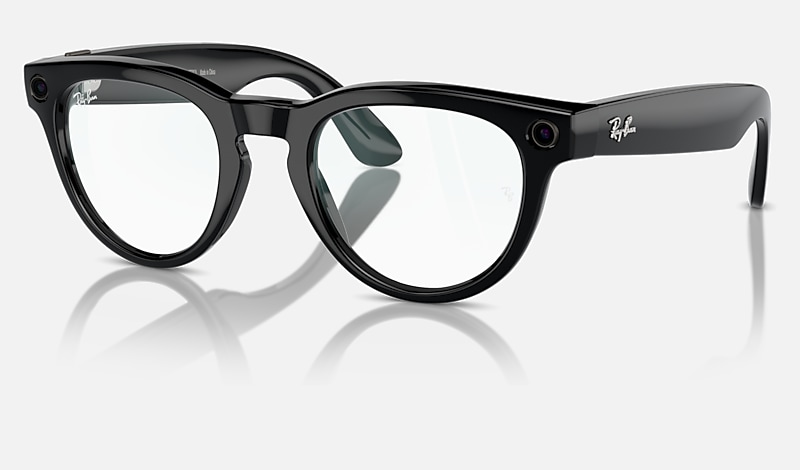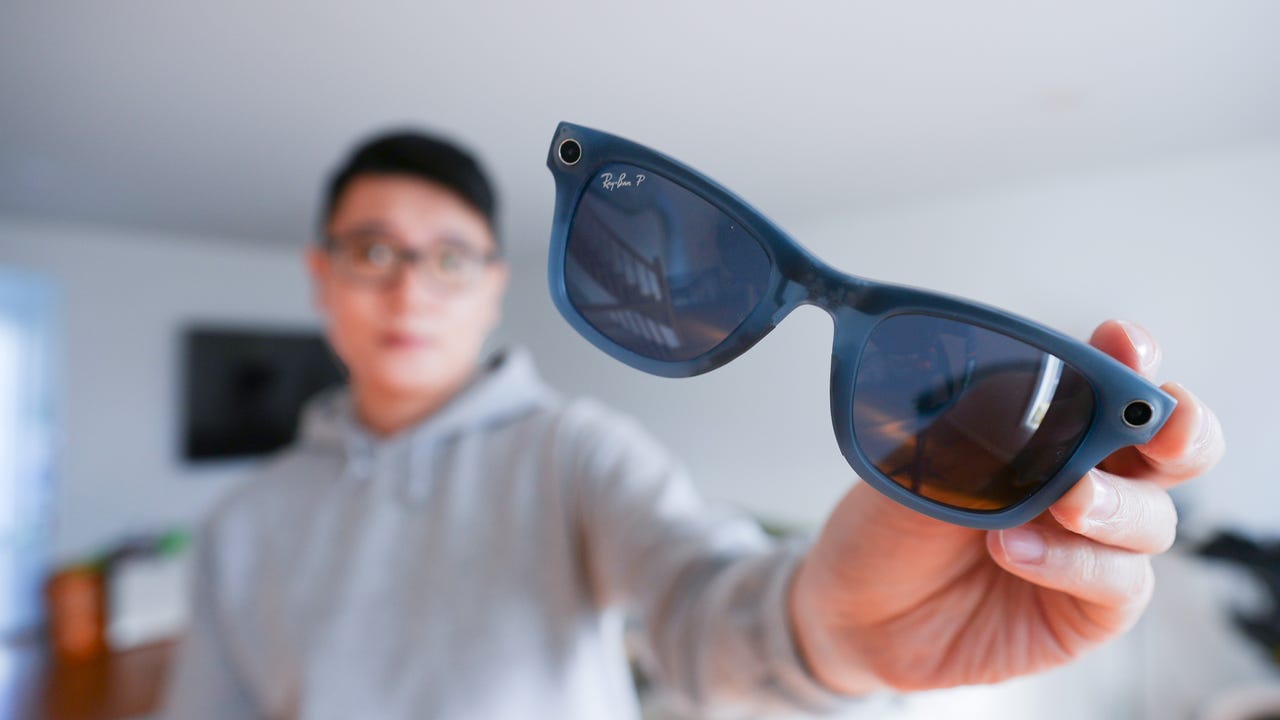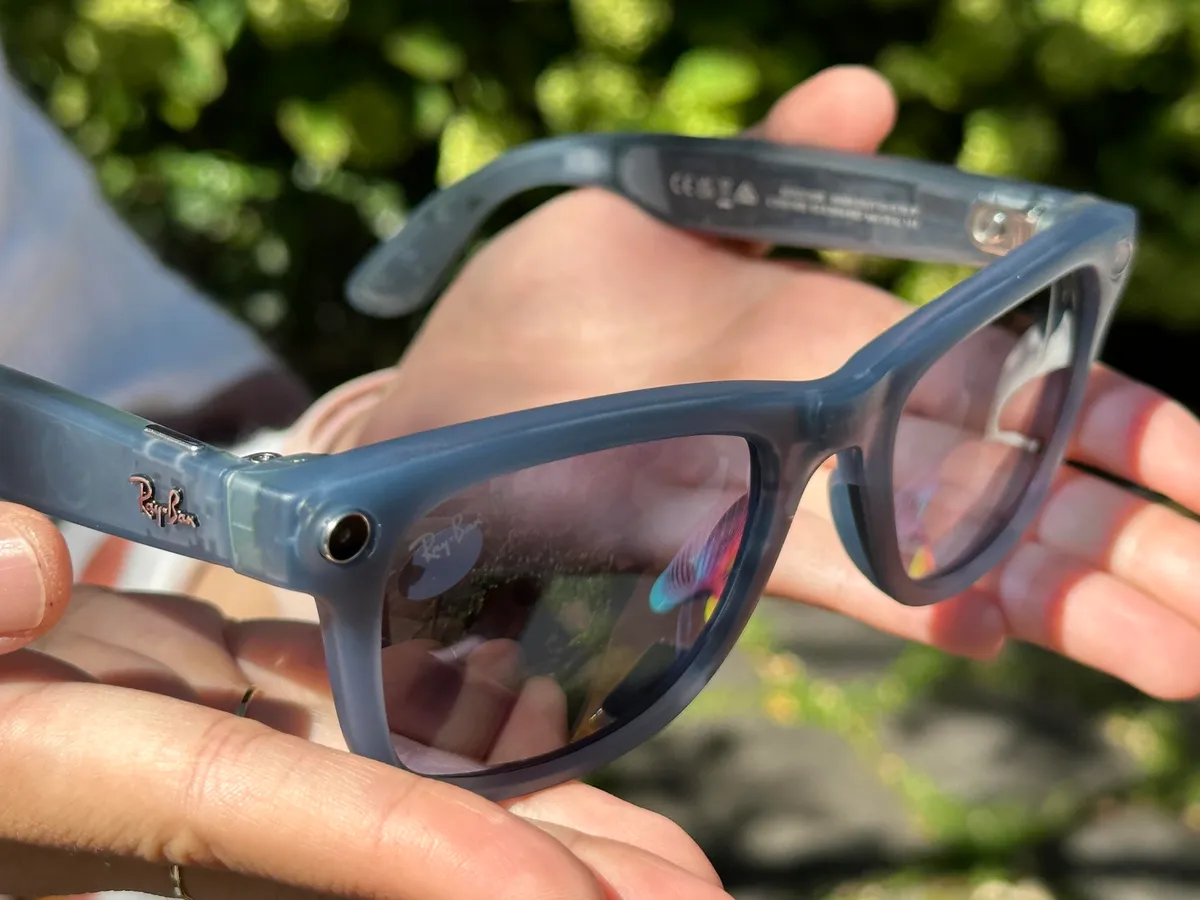Testing Meta Glasses

At the cutting-edge Meta headquarters in New York, donned in a pair of Meta Glasses Ray-Bans, I found myself facing a table adorned with four tea packets, their caffeine information intentionally obscured. With a nonchalant prompt to Meta’s AI, I awaited the revelation of the caffeine-free option. A subtle click in my ears signaled the AI’s engagement, declaring that the chamomile tea likely bore no caffeine. Intriguingly, this was all made possible by the generative AI embedded in Meta’s second-generation smart glasses, a feature promised by CEO Mark Zuckerberg and expedited for early access.
The swift introduction of AI capabilities surpassed my expectations. Alongside the integration of Bing-powered search, these glasses, already equipped with voice-enabled functions, were evolving rapidly. This innovative feature allowed the glasses to leverage on-board cameras and generative AI to interpret images, essentially transforming the world into a visually navigable database.
The live demonstration left me impressed, especially given the immediacy with which Meta glasses harnessed AI to identify objects. While reminiscent of tools like Google Lens and a nod to the long-forgotten Google Glass, the seamlessness of Meta integration felt notably advanced. Eager to explore further, I eagerly anticipate further hands-on experiences.
Technological Limitations and Opportunities

Yet, as with any technological leap, there are limitations. Presently, the AI can only recognize objects through captured images, initiating a shutter snap upon voice command and necessitating a brief analysis delay. Voice prompts, beginning with the mandatory “Hey, Meta, look and,” could use some streamlining, but they serve as a portal to a wealth of possibilities. Each interaction leaves a trace in the Meta View phone app, a visual archive of AI responses and associated images, akin to memory-jogging notes.
This feature could extend beyond mere convenience, potentially finding applications in assistive technology. During my trial with non-prescription glasses, the AI accurately identified lens tint but occasionally succumbed to hallucinations, conjuring nonexistent items in a bowl of fruit. Nonetheless, the potential for real-world application is staggering, with bilingual menu interpretation, plant identification, and even generating captions for inanimate objects.
Meta glasses acknowledges the early-access nature of this beta launch, anticipating bug discovery and the evolution of on-glasses AI functionality. The repetitive nature of voice prompts may see refinement in the future. The underlying “multimodal AI” principle, blending cameras and voice commands, hints at Meta’s ambitions to incorporate diverse sensory inputs, a precursor to more advanced wearables.
Andrew Bosworth, Meta’s CTO, envisions a future where wearables seamlessly integrate AI without constant user prompts. The present reliance on voice commands aims to preserve battery life, but Meta glasses envisions a future with low-power sensors that trigger AI based on contextual awareness. As the company delves into AI tools blending various sensory inputs, the trajectory of wearable AI appears poised for an intriguing evolution.
While the current early-access beta phase involves anonymized query data for AI service improvement, privacy-conscious users may seek more control over data sharing in the final release, expected next year. The growing landscape of wearable AI, exemplified by Meta glasses, foreshadows a transformative era in technology, with other players like Humane entering the arena with their own ambitious projects. As the realms of watches, VR headsets, and smart glasses converge with advanced AI capabilities, the future of wearable tech promises a heightened level of assistive awareness, with Meta leading the charge.
Read More (META)








